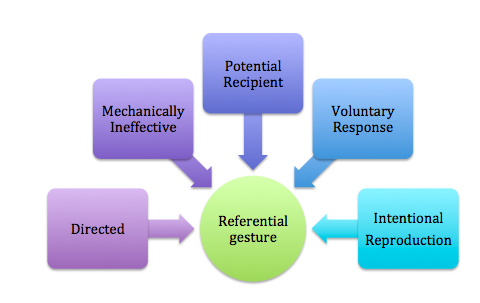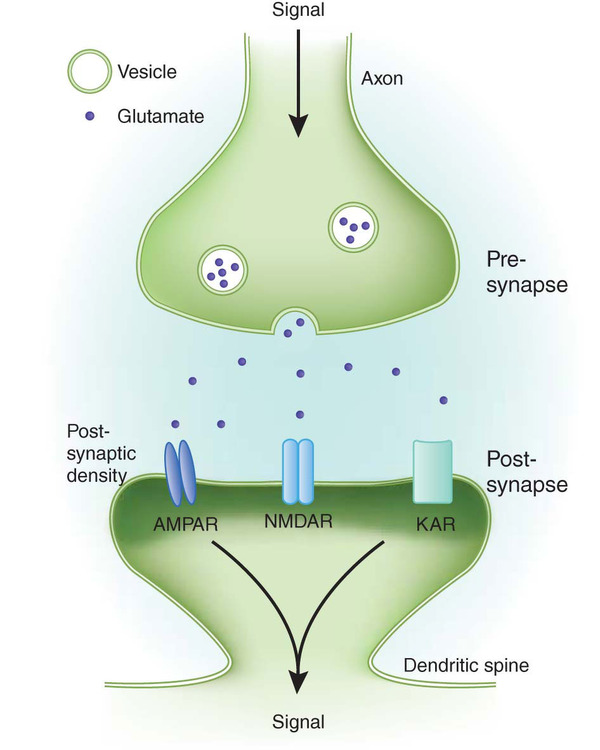Cooperative Hunting Behavior of Moray Eels and Groupers
Biology 342 Fall 2015
Clara Herrera & Hye Min Park
Mechanism
Referential Gestures and Associative Learning
Observations of giant moray eels and groupers in the Red Sea, showed consistent patterns in the cooperative hunting behavior. Groupers were observed to always initiate cooperative hunting through a repetitive head nod near a giant moray eel to either indicate that prey is nearby or to begin a joint hunt and giant moray eels were observed to respond to the visual cue over half of the time.
The giant moray eel’s consistent response to the grouper’s head nod may be a result of associative learning. After many successful hunts, a giant moray eel may learn to associate the visual stimulus of grouper head shaking with reward (Bshary et al. 2006). The molecular mechanisms involved in grouper and giant moray eel cooperative hunting have not been thoroughly studied. For this reason, we will refer to research using fish model organisms such as zebrafish to discuss some of the molecular mechanisms implicated in fish memory and learning that may be responsible for moray and grouper associative learning.

Figure 6. Components of referential gestures
Referential gestures, which were previously only identified in primate and bird non-human animals, were recently identified in fish. Giant moray eels have been observed to participate in cooperative hunting with groupers, initiating through repeated head shakes the presence of nearby prey. Similarly to groupers, coral trout will signal to octopuses to initiate a group hunt. Five criteria must be fulfilled for a behavior to be considered a referential gesture (Vail et al. 2013).
In his article “Referential Gestures in Fish Collaborative Hunting,” Alexander Vial defines a referential gesture as an action that fulfills five categories:
1.Directed- The gesture must be used to indicate specific information
2.Mechanically effective- Vail et al. defines a “mechanically ineffective” gesture as a signal that serves no purpose other than to transfer information to a receiver. This behavior is an example of true communication because the signal is intentional and both the animal conveying information and the receiver benefit.
3. Involves a potential recipient- The gesture must be directed toward another animal, in this case a giant moray eel.
4.Voluntary Response- giant morays often respond to visual stimuli used to propose a joint hunt.
5. Intentional Reproduction- this behavior is not an isolated incident. Groupers will repeatedly signal to morays to propose a cooperative hunt.
Other evidence that grouper visual cues to moray eels can be classified as referential gestures includes the fact that groupers have two different types of signals that serve different purposes. Groupers will perform a “shimmy” near morays before the hunt to initiate them for cooperative hunting. During the hunt, groupers will perform repeated headstands to indicate the presence of nearby prey. Studies on trout and moray cooperative hunting have shown that a trout will repeatedly choose to cooperate with a moray to increase its rewards. After one day of being exposed to morays, trout will increase the number of times they initiate morays for a hunt as well as recruit more effective morays for later hunts. These results suggest the presence of underlying molecular mechanisms that allow trout to both associate cooperative hunts with morays with increased reward as well as remember and identify which morays were effective partners during a hunt (Vail et al. 2013).
Possible Molecular Mechanisms: Memory and Learning in Fish and Long Term Memory

Figure 7. Image of neurotransmitters are released from a pre-synaptic neuron into a post-synapatic cleft where they can bind to NMDA receptors (NMDAR) and lead to a neuronal signal.
While the molecular mechanisms of giant moray and grouper cooperative hunting have not been identified, extensive research has been conducted on the molecular signaling pathways involved in zebrafish learning and memory.Studies on zebrafish learning and memory have shown that they are capable of navigating their way through a maze using associative learning similarly to mice (Sison and Gerlai 2011). NMDA-R (N-methyl-D-aspartate receptor), a glutamate receptor has been implicated in mechanisms related to memory and learning. To target the role of NMDA-R in memory, Sison and Gerlai gave zebrafish doses of MK-801, an antagonist for NMDA-R ( a drug that blocks the binding of NMDA-R and the possible cascade of molecular mechanisms necessary for learning and memory). When zebrafish were given a dose of MK-801 prior to being subjected to an associative learning task, no behavioral changes were observed when compared to zebrafish which were not given MK-801. However, zebrafish which were administered MK-801 immediately after performing the task, struggled with the maze activity (Kendal et al. 2009). The process of ligands binding to NMDA which is correlated with certain types of associative learning may also be responsible for morays being able to remember groupers and associate cooperatively hunting with them with an increased reward.